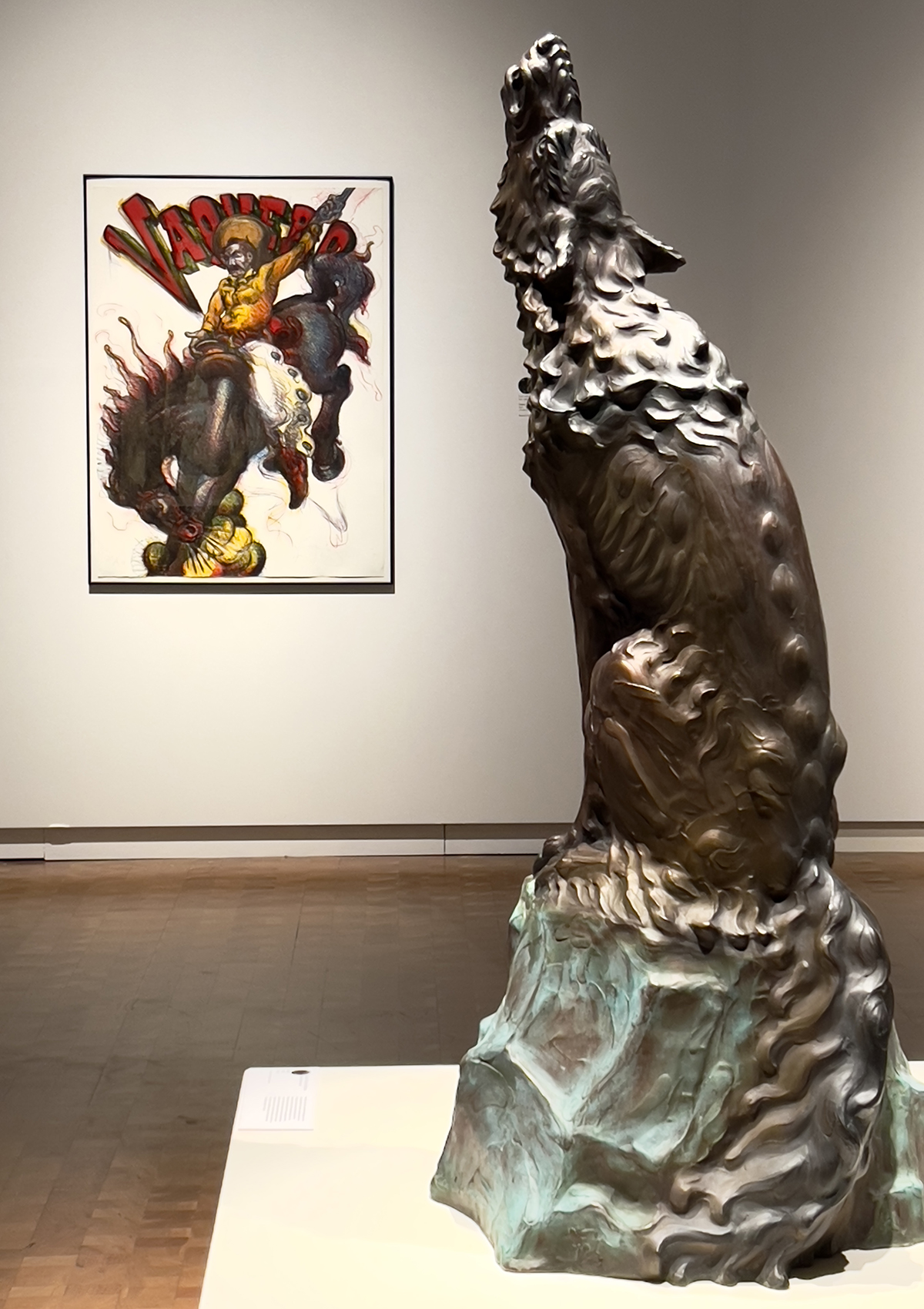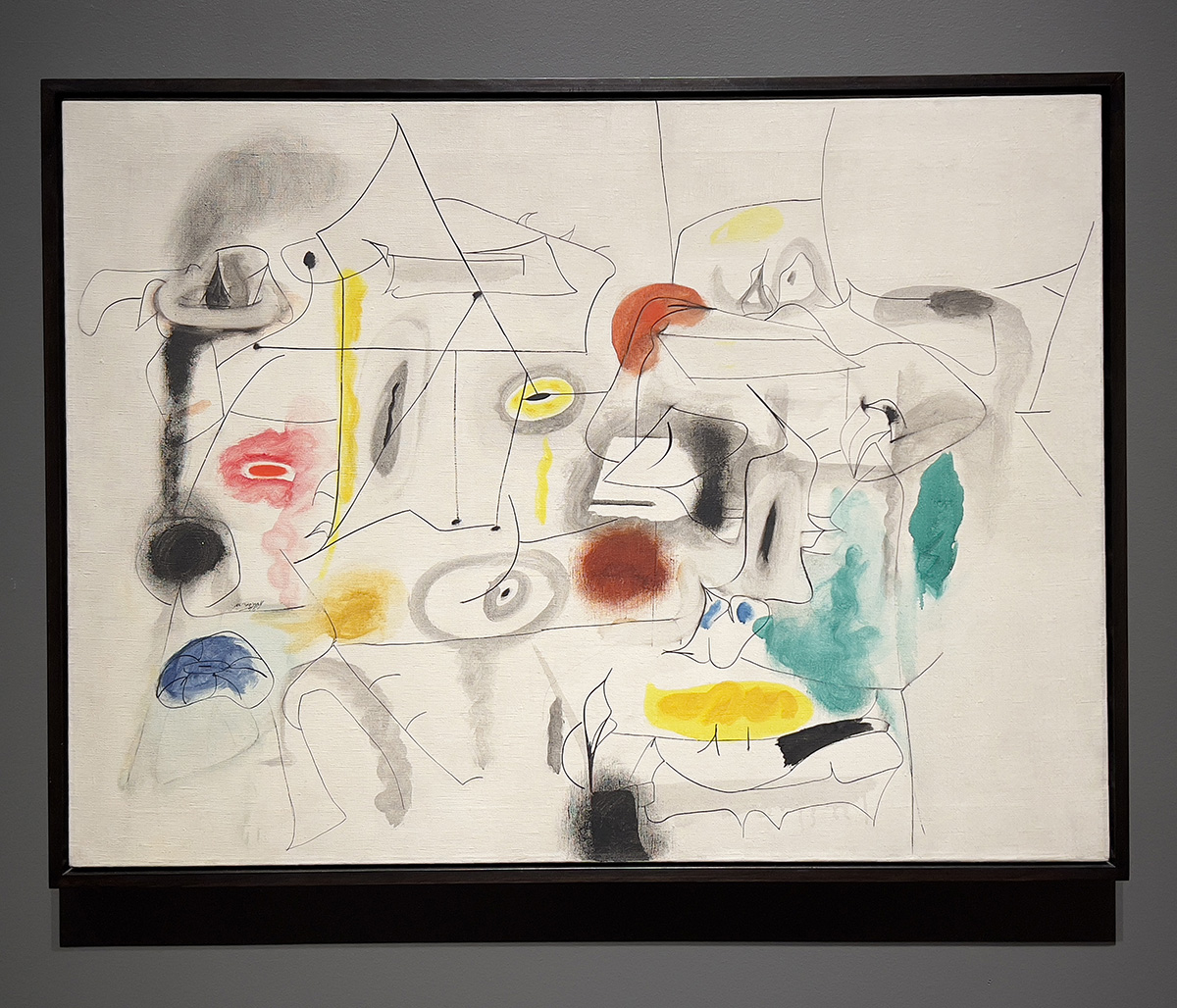Before the origination of public art museums, exposure to distant cultures was limited to private collections and travel of elite society and nobility. The history and development of museums have a rugged lineage with the political controversy of questionable artifact acquisitions and the ethical background of its patrons.
Some of the first public art museums, from the Capitoline Museum in Rome to the well-known Louvre in Paris, drew public attention and encouraged tourism and national pride, inspiring other institutions to follow suit.
Offering a setting where the general public could encounter and be inspired by art, museums in the United States followed the lead with coastal dominance while notably neglecting the lesser populated areas, the Midwest being such a location.
The Midwest has a reputation for being resourceful in conducting a unique voice and placement within the art world. Without being pressured to follow a particular art movement, Midwestern artists have the freedom to experiment and question the walls that house the artwork. Affordable studios, being a luxury, has an appeal for artists to locate in the Midwest along with unconventional exhibition spaces and communities uniting to support the arts.

Photo by Nichole Gronvold-Roller.
The ‘American Revolutionaries: Art and Disruption’ exhibit at the Riverfront Museum includes two pieces by Luis Alfonso Jiménez: Vaquero (1981, lithograph, ink on paper, museum purchase) and Howl ( 1986, Bronze, courtesy of Art Bridges Foundation).
Walking through the current exhibitions at the Peoria Riverfront Museum, you may question how a museum located in central Illinois amassed such an extraordinary collection of artworks.
Renowned artists such as Judy Chicago, Alfred Conteh, Philip Guston, Alex Katz, Jack Whitten, and many more are part of the exhibition “American Revolutionaries: Art and Disruption,” which is on display through the spring of 2023. The diverse grouping includes art from the Peoria Riverfront Museum’s permanent collection and works lent by area collectors.
As you continue through the galleries, another showstopper, “Andy Warhol: Endangered Species,” is open until December 11, 2022. Both exhibitions are made possible by Art Bridges Foundation and sponsored locally by the Visionary Society & Illinois Arts Council Agency.
The Art Bridges Foundation is an organization established by philanthropist Alice Walton in 2017. One of the objectives listed on its website is to “expand access to American art, especially in regions where there is currently less access.” As a result, a wealth of artwork is selected from storage and private collections to be shared with smaller communities that typically would not have the buying power of larger city centers.

Photo by Nichole Gronvold-Roller.
“American Revolutionaries: Art and Disruption”
Arshile Gorky (Armenian-American). Child’s Companions. 1945. Oil and Graphite on canvas. Courtesy of Art Bridges Foundation.
Upon entering the “American Revolutionaries: Art and Disruption,” you are greeted by a sizable bronze casting of George Washington by sculptor Avard Fairbanks, upbeat music, and an introduction video recording by Bill Conger, Chief Curator of Collections & Exhibitions.
In the opening statement, Conger explains that “as the arc of American art unfolds, the demand for new creative frontiers propelled artists to struggle against the discoveries and the art movements that proceeded them, creating an unyielding language of reaction to the status quo. These disruptions have followed the arterial currents within the blood flow of America and recreated the possibilities of what American art can become.”
In closing, Conger invites visitors to examine the collection with the accompanying texts and suggests to “imagine how the revolutionary nature of each work has impacted our great nation.”
“American Revolutionaries: Art and Disruption” consists of artists native-born or naturalized in America, covering more than 166 years from 1854 to 2020. The assembly is a refreshing curation that encourages and challenges viewers to piece together the exhibition’s narrative through stimulating visual conversations.
Whether you have followed the museum’s progression with its approval from the Peoria voters to the planning and implementation of the space or an individual making their first visit, the caliber of these exhibitions is undeniably impressive. Equally important to note is that these influential artworks are within reach of our community.
For more information about Art Bridges Foundation
and the Peoria Riverfront Museum, please go to:
https://artbridgesfoundation.org/
https://www.peoriariverfrontmuseum.org/


1 comment for “Inland Art: Riverfront Museum taps impressive collection to show excellent exhibits”